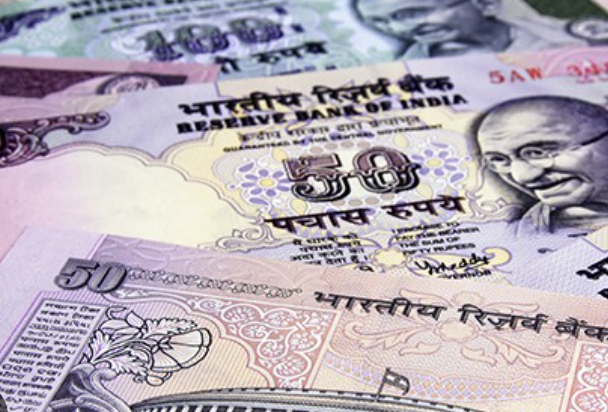Why is India Buying More U.S. Oil Now? Discover the Attractive Price Advantage!
#OilMarket #USOil #IndiaEconomy #EnergyTrading #Arbitrage #WTICrude #GlobalEconomics #TradeDynamics #OilPrices #EnergySector #MarketShifts
In August, a notable shift occurred in the global oil market, presenting favorable news for India’s energy sector. Competitive pricing for U.S. crude has opened an arbitrage opportunity that Indian refiners, both state-owned and private, are keen to exploit. This strategic move is influenced by a variety of economic and market dynamics, signaling a potentially significant realignment in global energy supply routes.
Understanding the Shift in India’s Oil Buying Strategy
Previously, Middle Eastern oil, particularly grades like Dubai and Murban, dominated the supply to Asia, including India. However, recent weeks have seen a surge in their prices due to heightened demand for high-sulfur crude and a noticeable reduction in Murban shipments. This price elevation has turned the eyes of Indian buyers towards more cost-effective alternatives.
Why U.S. Crude Became an Attractive Option
The rise in Middle Eastern oil prices has fortuitously coincided with an attractive pricing window for West Texas Intermediate (WTI) crude, making it a financially sound choice for Indian importers. The timing is crucial as these pricing windows are often fleeting, yet they offer significant savings on procurement costs when capitalized upon effectively.
The Economic Implications of India’s Purchasing Decisions
By increasing imports of U.S. crude, India not only diversifies its supply sources but also enhances its energy security. This strategic diversification also has broader economic implications, potentially affecting global oil price dynamics and international trade relationships. Furthermore, such shifts can influence domestic fuel prices in India, indirectly impacting inflation and economic growth.
A Closer Look at the Market Dynamics
The global oil market is influenced by a complex web of factors including geopolitical developments, changes in supply chains, and fluctuations in demand due to economic cycles. For India, securing affordable oil is crucial for sustaining its economic growth, particularly in sectors heavily reliant on energy, such as manufacturing and transportation.
What This Means for Global Trade
India’s increased engagement with U.S. oil markets is emblematic of broader trends in international trade, where nations seek to optimize their economic outcomes by diversifying trade partners and leveraging global price differentials. This trend is particularly pronounced in the energy sector, where supply security is paramount.
Future Outlook: Navigating New Energy Realities
As market conditions continue to evolve, Indian refiners are likely to keep adjusting their strategies to harness the most economical and reliable sources of oil. Watching how these trends develop will provide key insights into not only India’s energy strategy but also into the broader shifts underpinning global energy markets.
For more insights into the dynamics of the stock market and how they influence global trade and economics, visit our detailed coverage at Financier News Stocks.
By strategically increasing their purchases of U.S. crude, Indian refiners are not just responding to temporary market conditions; they are positioning themselves flexibly in a volatile global market. This move underscores the importance of agility in global trade practices, where timing and price windows dictate large-scale buying decisions. As we continue to monitor these developments, the interplay between global economic policies and market opportunities remains a critical focal point.











Comments are closed.